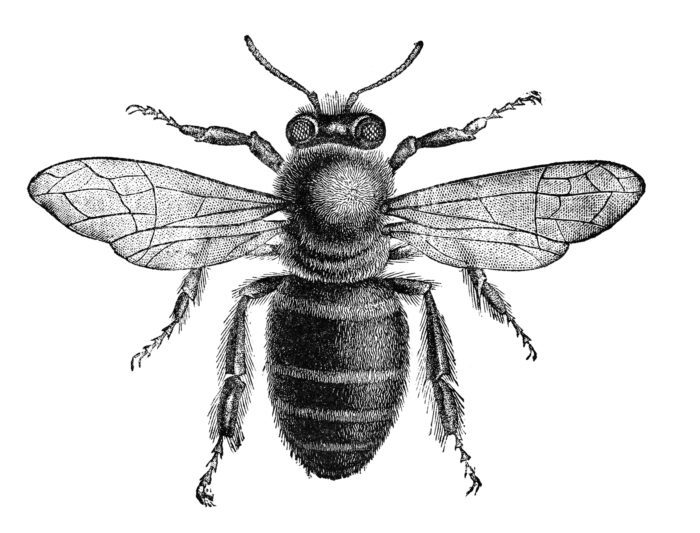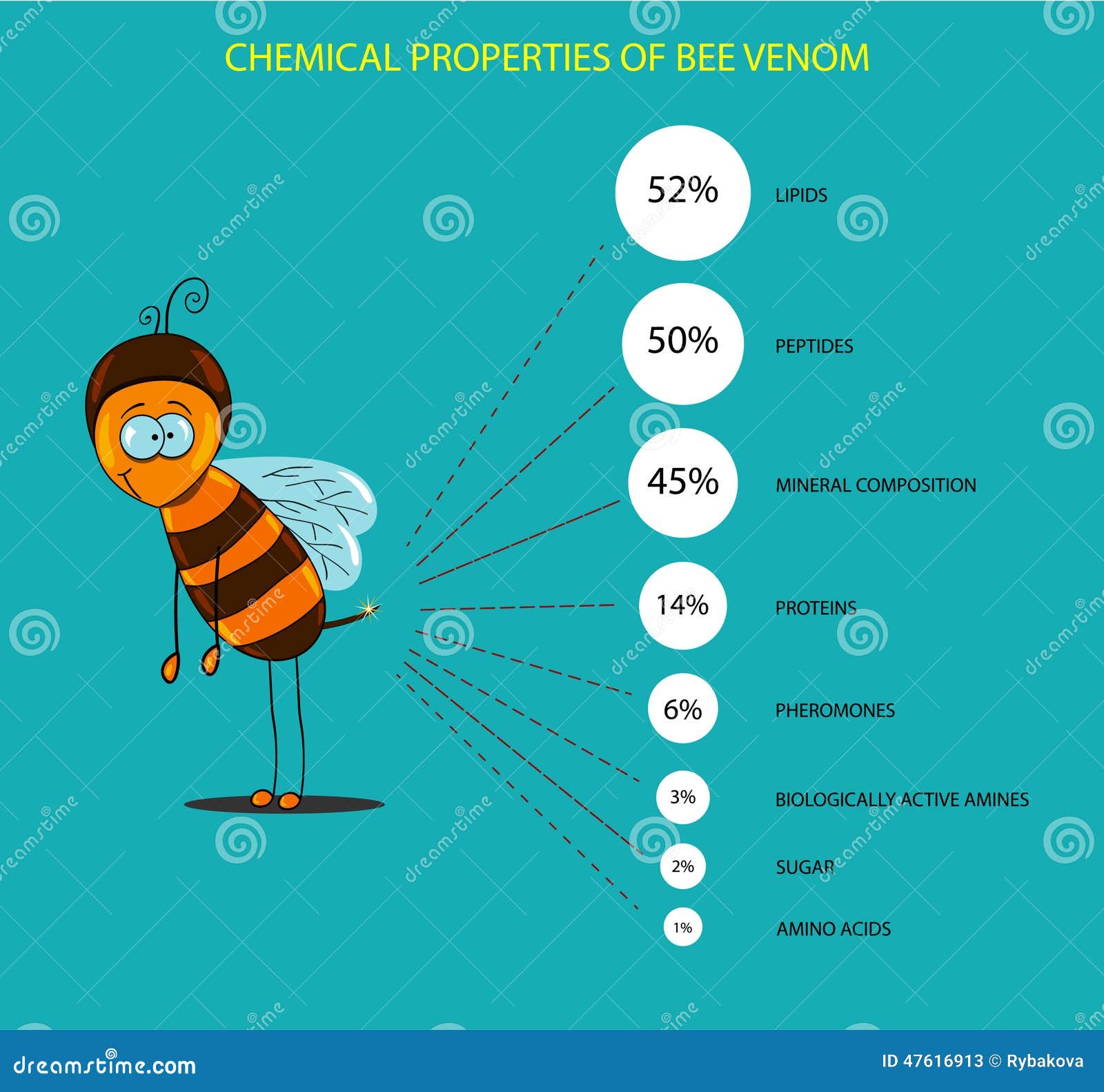
Additional studies used bee venom acupuncture (2 studies N=114), ultrasound gel (1 study N=20), and ointment (N=68) in patients with low back pain, delayed-onset muscle soreness, and temporomandibular joint (TMJ) disorder, respectively. Compared with a 7-day regimen of oral doxycycline only, adjunctive use of topical bee venom gel applied with phonophoresis for 4 weeks resulted in significantly lower C-reactive protein as well as pain intensity ( P<0.0001 each).
#Bee venom trial
Systematic reviews of randomized controlled trials employing bee venom for various pain conditions identified 1 trial that assessed bee venom ultrasound gel in 30 patients with pelvic inflammatory disease. See also the Honeybee Products monograph for information related to honey, propolis, and royal jelly. Melittin induces neutrophil degranulation with subsequent superoxide formation in vitro( Bomalaski 1989) however, melittin binds to calmodulin, an effect associated with inhibition of superoxide production.( Somerfield 1986) Uses and Pharmacology This variation in activity appears to depend upon the test method employed. Bee venom consists of mast cell degranulation peptide, adolapin, melittin, apamin, histamine, phospholipase A2, hyaluronidase, acid phosphatase, and nonpeptide components such as glucose and fructose.( Jang 2020, Zahran 2021) Melittin, a phospholipase-activating protein in bee venom, has been shown to induce neutrophil degranulation( Bomalaski 1989) and to increase( Bomalaski 1989) or inhibit( Somerfield 1986) the formation of superoxide. Venom is collected from the insects and diluted to standardized concentrations.

Patients allergic to honeybee venom may be particularly sensitive to Hymenoptera venoms in general and have been found to be at a higher risk of developing systemic adverse reactions to venom immunotherapy than patients who are sensitive to yellow jacket venom.( Muller 1992, Wehbe 2019) Chemistry In order to minimize allergic reactions, hyposensitizing bee venom immunotherapy techniques consist of administration of small doses of the venom under controlled conditions over a period of months to years. Use of bee venom for this purpose was an idea raised from observations that beekeepers rarely experience rheumatism or joints problems.( Wehbe 2019) In one survey of a random sampling of the general population, 83% of respondents believed that bee venom could be an effective treatment for arthritis based on information they had read in the lay press.( Price 1983)īee venom immunotherapy has also been used for desensitization to bee stings, thus inhibiting allergic reactions.( Park 2015) The strategy consists of either indirect application, by extracting bee venom with an electric stimulus followed by its injection into the body, or directly via bee stings. It has been suggested that honeybee venom may alleviate the symptoms and slow the progression of immune-modulated diseases such as arthritis. Apitherapy is an alternative therapy that relies on honeybee products (honey, pollen, propolis, royal jelly, bee venom ). Use of bee products, including bee venom, dates back thousands of years, with medicinal properties cited in the Bible and Quran. It is the cause of an estimated 40 deaths per year in the United States.( Park 2015, Reisman 1992) Allergic reactions to bee venom are mediated by immunoglobulin E (IgE) antibodies directed at constituents of honeybee, yellow jacket, hornet, and wasp venoms.( Muller 1992) Anaphylaxis to insect stings is relatively uncommon, affecting approximately 0.4% of the general US population.

Compositions of fresh and dried bee venom differ mainly with regard to the volatile components however, the overall biological activities are similar.( Zolfagharian 2015) Historyīee venom is one of the most common animal venoms encountered. Other venoms are derived from related members of the insect order Hymenoptera.( Jang 2020) Honey bee venom is a bitter, colorless liquid. Refining bee venom to remove harmful substances may limit toxicity. Bee venom from a sting or therapy can cause anaphylaxis and death in sensitive individuals (ie, with Hymenoptera venom allergy).

Published data regarding toxicity with bee venom therapy are lacking. Various adverse reactions have been reported with bee venom from a sting or therapy. ContraindicationsĬontraindications have not been identified. DosingĬlinical evidence is lacking to guide dosing of bee venom. Systematic reviews suggest anti-inflammatory and analgesic effects. Clinical Overview Useīee venom is used to hyposensitize individuals highly sensitive to bee stings. Common Name(s): Bee venom, Honeybee venom


 0 kommentar(er)
0 kommentar(er)
